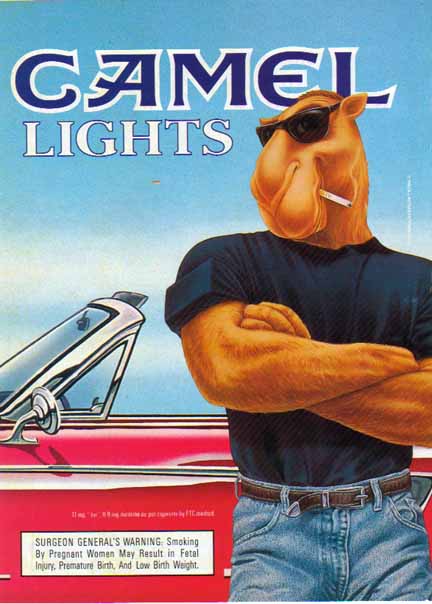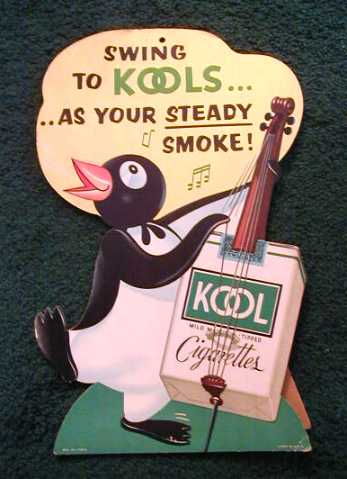
Once upon a time, when Steve Martin was not busy making ill-advised career moves like The Pink Panther 2 and Cheaper by the Dozen 3, he was out there making some genuinely funny movies. In fact, Martin has appeared in a few of my favorite films, notably 1991's Father of the Bride, a remake of the 1950 movie starring Spencer Tracy and Elizabeth Taylor. In the 1991 version, Martin plays ultimate protective dad s, hilariously hesitant to marry off his 20-year old daughter to a man she met while studying abroad. Between his worries of weakening the father-daughter bond and the inevitable bankruptcy sure to result from his daughter's desired lavish wedding, Banks has his hands pretty full.
Back in the early 90s, a movie didn't need to be raunchy and racy to garner laughs from audiences; indeed, Father of the Bride was only rated PG. It had a real it's-funny-because-it's-true type of quality to it, playing on the traditional child coming of age story from a parent's perspective. Martin plays s, a middle-aged owner of a sneaker factory happily married to wife Nina (Diane Keaton) and with two children, the aforementioned bride-to-be Annie (Kimberly Williams) and much younger/most-likely-a-mistake son Matty (Kieran Culkin, aka Macaulay lite).
Banks' world is shaken when Annie comes home from one semester abroad with startling news: she's engaged to some guy they've never met. Annie reassures her dad that her mysterious betrothed is a good guy and that he is gainfully employed as a "independent communications consultant", whatever that means. Mom Nina is ecstatic but 's reaction is noticeably subdued. If anything, he seems downright opposed. Then again, the kid is 22 and has known the guy for all of a couple of months. You can sort of see where he's coming from.
To give you an idea of Martin's mental picture of his daughter at 22, here's a handy clip:
So while Banks still sees his daughter as an adorable plaited 7-year old, he is forced to accept that she is here claiming to be a grown up with the autonomy to make these kinds of decisions.
This is all, of course, before mother and daughter can slap a big ol' price tag on the whole shebang. While is pretty unnerved just at the thought of losing his precious baby girl to some common independent communications consultant, he is downright apoplectic at the staggering costs of putting on a big to do for his daughter's wedding. At the opening of the film, says in voice-over, "I used to think a wedding was a simple affair. A boy and girl meet, they fall in love, he buys a ring, she buys a dress, they say 'I do.' I was wrong. That's getting married. A wedding is an entirely different proposition."
So as they are not particularly equipped to plan the whole thing on their own they enlist the help of flamboyant wedding planner Franck Eggelhoffer, a man of unknown national origins with a strange accent that can only be the work of Martin Short. Franck also has his assistant in tow, the inexplicably Asian-with-a-Jewish-named Howard Weinstein. The awkwardly ponytailed Weinstein is played by B.D. Wong, and you can imagine my surprise the day I realized that that was the psychologist guy from Law and Order: SVU. I'll never watch another analysis of an assaulted jogger or molested nanny in the same way.
Franck is...eccentric, to say the least, though it seems his intentions are good. At times it's actually impossible to tell what he is saying through his mysterious European accent, so I can only assume his intentions are good. Observe as fails to understand a damn word this Fraaaanck character says:
On top of all that, when the Banks' go to meet their future in-laws, they find out that they are totally and completely loaded. Aside from their lavish digs in Bel-Air, the Mackenzies also spring for a brand new car as a gift for the happy couple. Unfortunately for , it sort of trumps his measly gift of a cappucino maker:
Throughout the movie is all about the nickel-and-diming, going so far as to get all giddy when he finds out one of their potential guests is in fact deceased. All the more money to feed those live ones. Rather than reveling in the celebration of this soon-to-be hopefully blessed union, is horrified to find that for his own family to attend their own wedding at their own house comes with a whopping price tag of $1000. And they want to invite the wedding player? What's next, swans? Oh wait, that part comes later.
gets a little wacko, going so far as to end up in jail in a mad quest for hot dog buns. He comes out of his wedding-induced insanity long enough to reunite the bride and groom after a quarrel, pleased to still be able to play the hero. We get a cute if admittedly corny montage of Annie throughout the years, and it finally appears is ready to relinquish the reigns on his daughter.
After all is said and planned and hopefully paid for, the wedding day arrives with a surprise snowstorm in LA. Like there's any other kind of snowstorm in LA. Needless to say, the swans Franck brings in are pretty pissed. Despite the minor hiccups, the whole thing goes off without a hitch and the neurotic overprotective actually manages to relax long enough to let his daughter get married.
Sure it's all a bit cheesy, but you have to admit overall it's pretty sweet. Somehow in the midst of 's craziness and Franck's eccentricity, things come together and the whole affair is so nice it's worth the $100,000 they spent on it. Well, almost.









